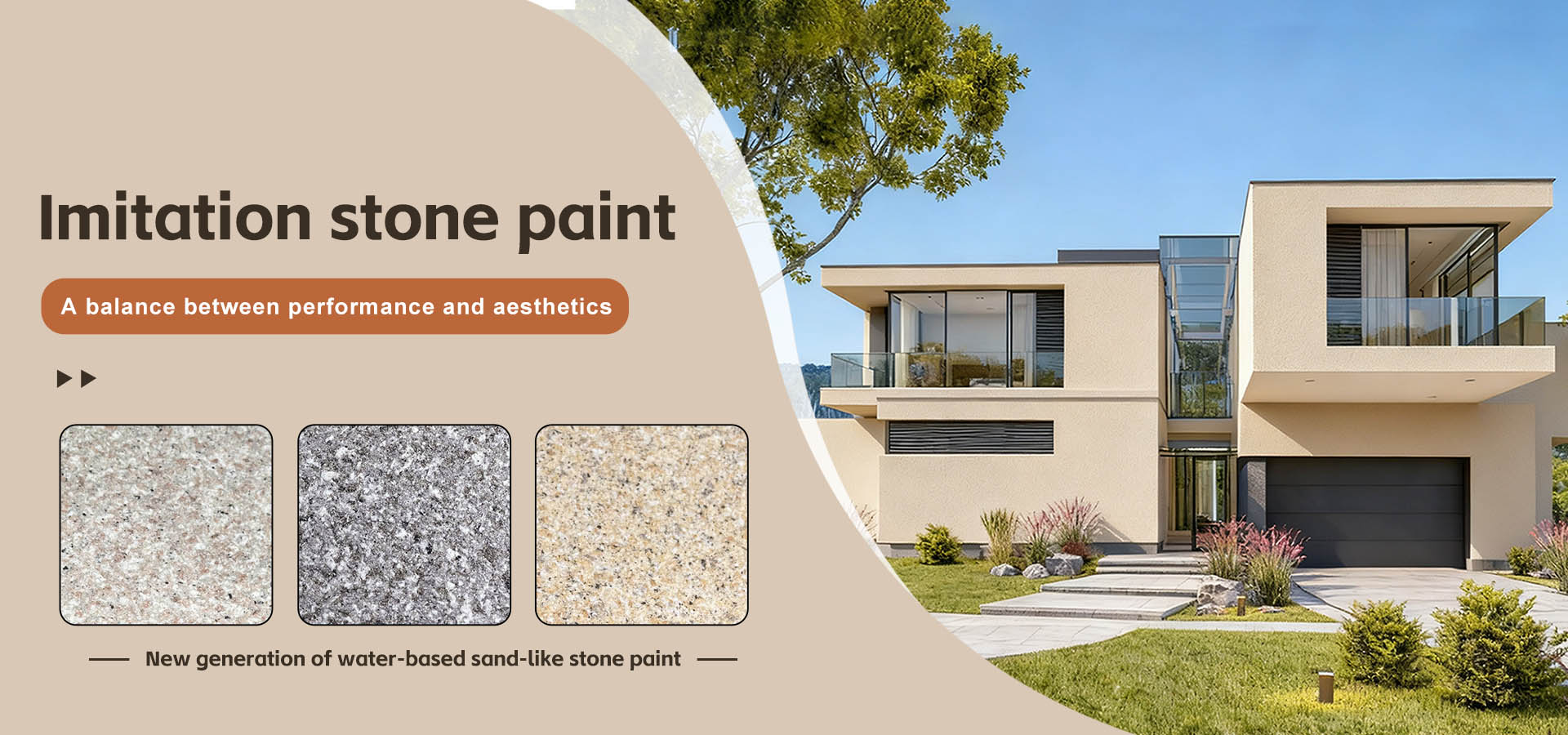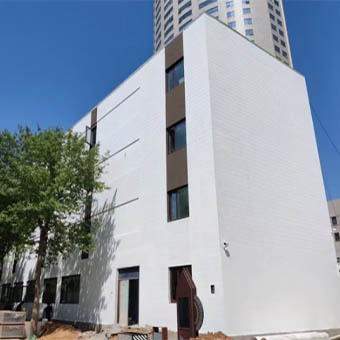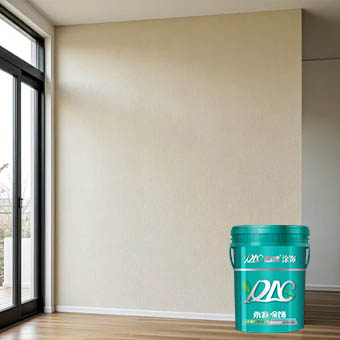Products
New Products
Exterior Wall Inorganic Paint
YR-9805-(01-09)
Brand:YongRong
Product origin:Guangdong, China
Delivery time:7-10days
Supply capacity:5Tons/day
Send Inquiry
Product Description
Exterior wall inorganic paint are environmentally friendly coatings made primarily from inorganic mineral materials (such as silicates, colloidal silica, and phosphates), supplemented with pigments, fillers, and additives. Their core advantages lie in their environmental friendliness, weather resistance, fire resistance, breathability, and antibacterial and mildew-resistant properties. They are widely used in building exteriors where environmental friendliness, durability, and safety are paramount.
Product Parameter
Product Feature
1. Low VOC and Zero Formaldehyde
Natural Raw Materials: Primarily made from natural minerals (such as quartz sand and mica) and inorganic binders, it contains no organic solvents, plasticizers, or heavy metals. Its VOC (volatile organic compound) content is near zero, well below the national standard (GB 18582-2020 stipulates VOC ≤ 80g/L for water-based wall paints).
2. Biodegradable and Recyclable
Mineral base: The main components are naturally biodegradable, reducing long-term environmental pollution.
Waste Disposal: Construction waste can be co-processed with construction waste, reducing recycling costs.
3. Ultra-Long Service Life
UV Resistance: The inorganic film-forming material is chemically stable and resists long-term UV exposure, preventing chalking and fading (experimental data shows a color difference of ΔE ≤ 3 over 10 years, far superior to organic coatings).
4. Self-Cleaning and Stain Resistance
Low Surface Tension: The paint film is dense and smooth, making it difficult for dust and stains to adhere. It self-cleans by washing with rainwater, reducing the need for manual cleaning.
5. Breathability and Moisture Resistance
"Breathing": The paint film's microporous structure allows water vapor to pass freely while blocking liquid water penetration, effectively regulating wall humidity and preventing mold and bulging in the base layer.
6. Rich Color and Texture Options
Color Stability: Inorganic pigments exhibit strong lightfastness and resist fading over time. Customizable colors are available (e.g., RAL and NCS color charts).
Textured Effects: A variety of textures, including matte, sandstone, and imitation stone, can be achieved, enhancing the building's exterior.
Natural Raw Materials: Primarily made from natural minerals (such as quartz sand and mica) and inorganic binders, it contains no organic solvents, plasticizers, or heavy metals. Its VOC (volatile organic compound) content is near zero, well below the national standard (GB 18582-2020 stipulates VOC ≤ 80g/L for water-based wall paints).
2. Biodegradable and Recyclable
Mineral base: The main components are naturally biodegradable, reducing long-term environmental pollution.
Waste Disposal: Construction waste can be co-processed with construction waste, reducing recycling costs.
3. Ultra-Long Service Life
UV Resistance: The inorganic film-forming material is chemically stable and resists long-term UV exposure, preventing chalking and fading (experimental data shows a color difference of ΔE ≤ 3 over 10 years, far superior to organic coatings).
4. Self-Cleaning and Stain Resistance
Low Surface Tension: The paint film is dense and smooth, making it difficult for dust and stains to adhere. It self-cleans by washing with rainwater, reducing the need for manual cleaning.
5. Breathability and Moisture Resistance
"Breathing": The paint film's microporous structure allows water vapor to pass freely while blocking liquid water penetration, effectively regulating wall humidity and preventing mold and bulging in the base layer.
6. Rich Color and Texture Options
Color Stability: Inorganic pigments exhibit strong lightfastness and resist fading over time. Customizable colors are available (e.g., RAL and NCS color charts).
Textured Effects: A variety of textures, including matte, sandstone, and imitation stone, can be achieved, enhancing the building's exterior.
Product Tag
Send Inquiry
Please Feel free to give your inquiry in the form below. We
will
reply you in 24 hours.
Related Products





